
Flip Flap. Flip Flap. Flip Flap. Hear that? That’s the sound of an anime knocking on this blog’s door! Come in, Flip Flappers!
Flip Flappers is one of the few that garnered mixed reception during its premier. One side of the spectrum claims experiencing a sense of wanderlust, excitement from the prospect of discovering unknown places and vistas. Another side complains of drowsiness. Others are nodding their appreciation of its visuals and animation, while the rest are scratching their heads in confusion but still enjoyed the feeling of being left out in the open. Suffice to say, those who are immediately captured by Flip Flappers‘s surreal world are yet to wake from its dream-like maze, wherein the more you doze off, the more cryptic and weird the dream becomes. Ergo, discussions become a minefield of gold, and every nugget of information serves only to fuel what little Sherlock Holmes is left in me.
Now, before anyone starts tipping their hats and rehearsing the “You’re over-analyzing” remarks, I’d like to let you know that whatever I am about to blabber about here is a result of multiple interpretations from peeps over at Reddit and 4chan. Of course, due credits are given to anyone whom I will quote, as I’ll mainly use their word as a basis to formulate my own ideas and bullcraps. Plus, hey, doing this isn’t bad once in a while. I mean, the fact that you can over analyze means that you already have a grasp of what is intended/middle ground. It’s just that some aren’t content with settling with what they know more or less — it’s adventure, folks.
Disclaimer: Everything I’ve written past this point is my raw opinion/commentary. Flip Flappers is still too ambiguous for me to form a sound and coherent standpoint — the anime is all over the place, and so are my thoughts.
Mirror, mirror, on the wall, who’s the flappiest of them all?
I admit. This one was so subtly hidden in Flip Flappers that watching it twice, thrice, ten times isn’t enough to hit the nail on the head. While a bit of a background knowledge regarding Psychology is needed here, it’s still a great feat for Reddit user Plake_Z01 on how he pieced together cues from these two episodes, and match them accordingly to Freud and Lacan’s ideas. I strongly suggest reading the said comment (or, heck, just read the whole thread) before we move on with my ramblings.
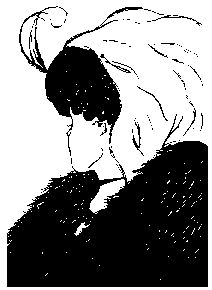
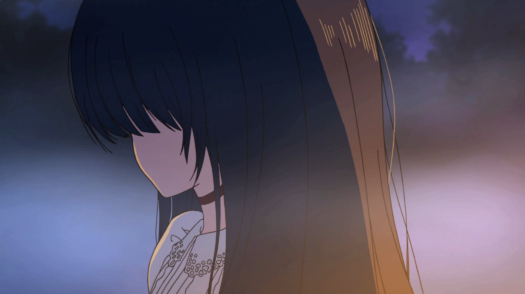
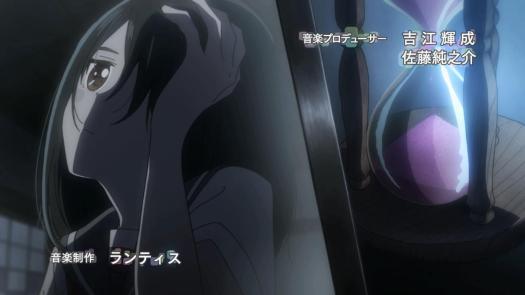
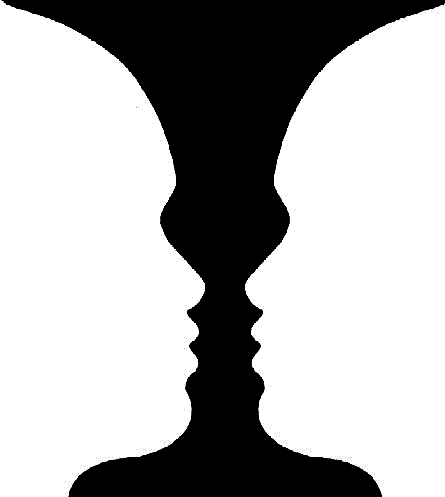
If I have to give my own tl;dr here, it would be like this: Flip Flappers is a great show, and you should watch it. No kidding
Seriously though. Even though I’m now equipped with some sort of a hint on what the hell is going on, it’s still a mile short of reaching that ‘central thread of thought’ behind Flip Flappers. Sure, optical illusions and mirrors are definitely a recurring motif/theme in this anime, and I can make a couple of assumptions based on what I know so far like:
- Cocona and Papika are one and the same. Remember, the old lady illusion was “dreamed” by Cocona very early on the first episode, and it was also before she met Papika. Perhaps it was a premonition that she’ll meet her other half. Maybe Papika is what Cocona wanted to be like. But then what the hell is the painting for?
- Cocona is dreaming. The way Cocona starts off her day from the last two episodes were shown like everything that has happened with Papika were a dream. MAYBE Papika is entering Cocona’s dream? I mean, how the hell was Cocona’s eyeglasses still intact in episode 2? The Pure Illusion world is so trippy that it isn’t that far too different from those random dreams we get.
- Cocona and Papika’s lives are bound together by an hourglass. I know this one’s totally unlikely, but still is a fun theory to think about. Like, know how one’s time ends when every grain of sand fills the bottom part of the glass? Kinda reminds me of how Papika almost died in the first episode, whilst the same thing almost happened to Cocona next episode, but neither of them died because the hourglass was FLIPPED! My sanity is slipping away.
- Pure Illusion is akin to Persona 3/4’s “Shadow World” — it’s someone’s inner ego on how they perceive their world, and how this perceived world affects them (see Umwelt below).
- The grandma is Cocona. They’re the same person. Inception much.
Regardless of how many assumptions I make, none of which really matters at this point and trying to piece together the whole picture as early as the 2nd week is futile (duh!). However, there’s a sense of accomplishment I get when a line of thought branches to another line of thought so on and so forth. This is primarily what I find the most interesting and fun in Flip Flappers — it just feels… fresh and exciting. I apologize if I’m having too much fun.
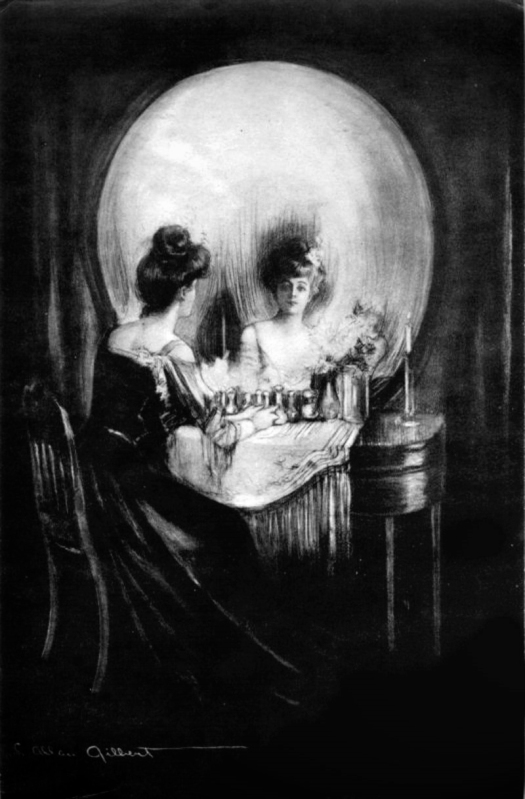

Pure Illusion as Umwelt
Remember the rabbit with the name Uxukell? Exukull…? X-cool! Screw it. Yeah, well, turns that if you know how to use Google, you’ll get Jakob von Uexkull. Wikipedia says it all, but the most interesting part here is Uexkull’s idea behind Umwelt. To quote:
Uexküll was interested in how living beings perceive their environment(s). Uexküll argued that organisms perceived the experience of living in terms of species-specific, spatio-temporal, ‘self-in-world’ subjective reference frames that he called Umwelt (translated as milieu, situation,embedding-lit. German for environment). These Umwelten (plural of Umwelt) are distinctive from what Uexküll termed the “Umgebung” which would be the living being’s surroundings as seen from the likewise peculiar perspective or Umwelt of the observer. The umwelt is composed of two parts, the innenwelt or self-oriented features, and the Umgebung, or world-oriented features. Together, they describe the individual’s subjective viewpoint, or embedding, which has the property of being ubiquitous, as compared to the observer’s objective viewpoint, which has the property of being universal.
Uexküll defines the Umwelt as the perceptual world in which an organism exists and acts as a subject. By studying how the senses of various organisms like ticks, sea urchins, amoebae, jellyfish and sea worms work, he was able to build theories of how they experience the world. Because all organisms perceive and react to sensory data as signs, Uexküll argued that they were to be considered as living subjects. This argument was the basis for his biological theory in which the characteristics of biological existence (“life”) could not simply be described as a sum of its non-organic parts, but had to be described as subject and a part of a sign system.
Uexküll views organisms in terms of information processing. He argues every organism has an outer boundary which defines an Umwelt(German word generally meaning ‘environment’). Rather than the general meaning, Uexküll’s concept draws on the literal meaning of the German word, which is ‘surround-world’, to define the Umwelt as the subjectively perceived surroundings about which information is available to organism through its senses.[6] This is a subjective weltanschauung, or “world view”, and is therefore fundamentally different from the black box concept, which is derived from the objective Newtonian viewpoint.
Now, it’s another substantial reference, and it somewhat makes sense in the context of Flip Flapper‘s alternate worlds/illusions, etc. Layering this on top of what have have so far, we have something like this: Cocona and Papika turned into rabbits in episode 2, and was shown as a subject exhibiting instincts of the said animal. They then go around biting stuff because… well, that’s what rabbits do 24/7. The only problem is that the same rules and mechanics doesn’t quite have a snug fit with ep. 1’s Pure Illusion.

One thing I can’t quite explain initially from episode 2 is its usage of sexual innuendos. I was about to easily dismiss it as something of an unnecessary fan-service if not for Uexkull and Umwelt. See, there were a lot of green jokes strewn around here: phallic shapes, Cocona vibrating while hugging Papika, Cocona biting a “hard thing” in a rather lewd manner (to cap it off, a lever switched from OFF to ON possibly alluding to one’s Johnny perking up after seeing such sexy gesture), Papika gripping something reminiscent of boys “jerking”.
Now, the funny thing here is that these scenes wouldn’t be so sexual if I didn’t have an inkling of its double entendre (or if I grew up innocent. damn you, anime). It goes to show that what I’ve been considering as fan-service all this time, if not most of the time, were all just a by-product of all the corrupted stuff I consumed from media. It’s an illusion. Cocona drooling with a dazed eyes wasn’t supposed to look provoking — it was supposed to show us how animalistic a human is when he/she becomes a rabbit. However, because of how I perceived the world — my world-view, the amalgamation of my experiences with media — I thought of it as something no more than lewd, titillating. In a way, I was captured by my own “Pure Illusion” — perceiving what shouldn’t be there, but is there because I can not unsee it. There’s a connection here with what Plake_Z01 mentioned on his comment about “Mirror Stage”, but I can’t quite draw a line of explanation yet.

Pure Illusion as Umwelt is a bit of a stretch, however, as it doesn’t readily answer why the Pure Illusion from episode 1 was shown as such. Perhaps Pure Illusion can also be a mirror of one’s inner desires/personality/characteristics/ego. The first Pure Illusion world we find ourselves is bleak, barren, filled with edible snow. Ep. 1 shows Cocona answering a question about “drinking something cold”. Maybe there’s some connection between the two, but it only goes so far as that. Additionally, there weren’t any prior hints we can use to base that the Pure Illusion world we saw is Cocona’s own, or, in the case with the second episode, Uexkull’s world. No further discernible pattern can be seen in the two Pure Illusion worlds, however, and thinking about it further only leads me to dead ends. Regardless, I still had a lot of fun with my scavenger hunt, and I kinda learned a lot of useless stuff from all the Wikipedia searches I did. Perhaps next episode we’ll see more connections between what’s happening? I’m excited.
Short thoughts:
- There’s also that bit about The Thinker, wherein it was placed to guard the entrance to Hell or more specifically the 9 Circles of Hell. Papika found Cocona in a forest before they started their travels, which is just like how Virgil met Dante. There are also a a couple of similarities from the circles of hell with that of the Pure Illusion worlds we’ve seen thus far but… I don’t think this theory holds water.
- Another reference made in the second episode is with Hyperart Thomasson. I can’t see any relevance with its inclusion yet so…
- Am I the only one who got some The Girl Who Leapt Through Time flashbacks from the first episode? Oh, wait. These references are just illusions.
- I’m as thrilled as when I was reading The Series of Unfortunate Events. One of my favorite series.
- There’s also that Hansel & Gretel reference I haven’t dipped my hands into. Whatever.
- Cocona’s VA is doing a fantastic job with her noises. Kumiko got competition.
- Probably the most haunting thing here is that shot of a girl from the first ep. who looks to be dead.
- It’s like whoever came up with Flip Flappers threw whatever references he can get his hands on into a blender and walla~

Guess what? Everything I preconceived here is merely an illusion! Oh, gosh. I wonder how awesome it would be if Flip Flappers turns out to be trolling us. I don’t mind if all of these are proves to be nonsense, I enjoyed the ride nonetheless. I’ll be including this to my Fall 2016 blog list, by the way. Hopefully next episode tones down the referen — oh, look! MADMAX!

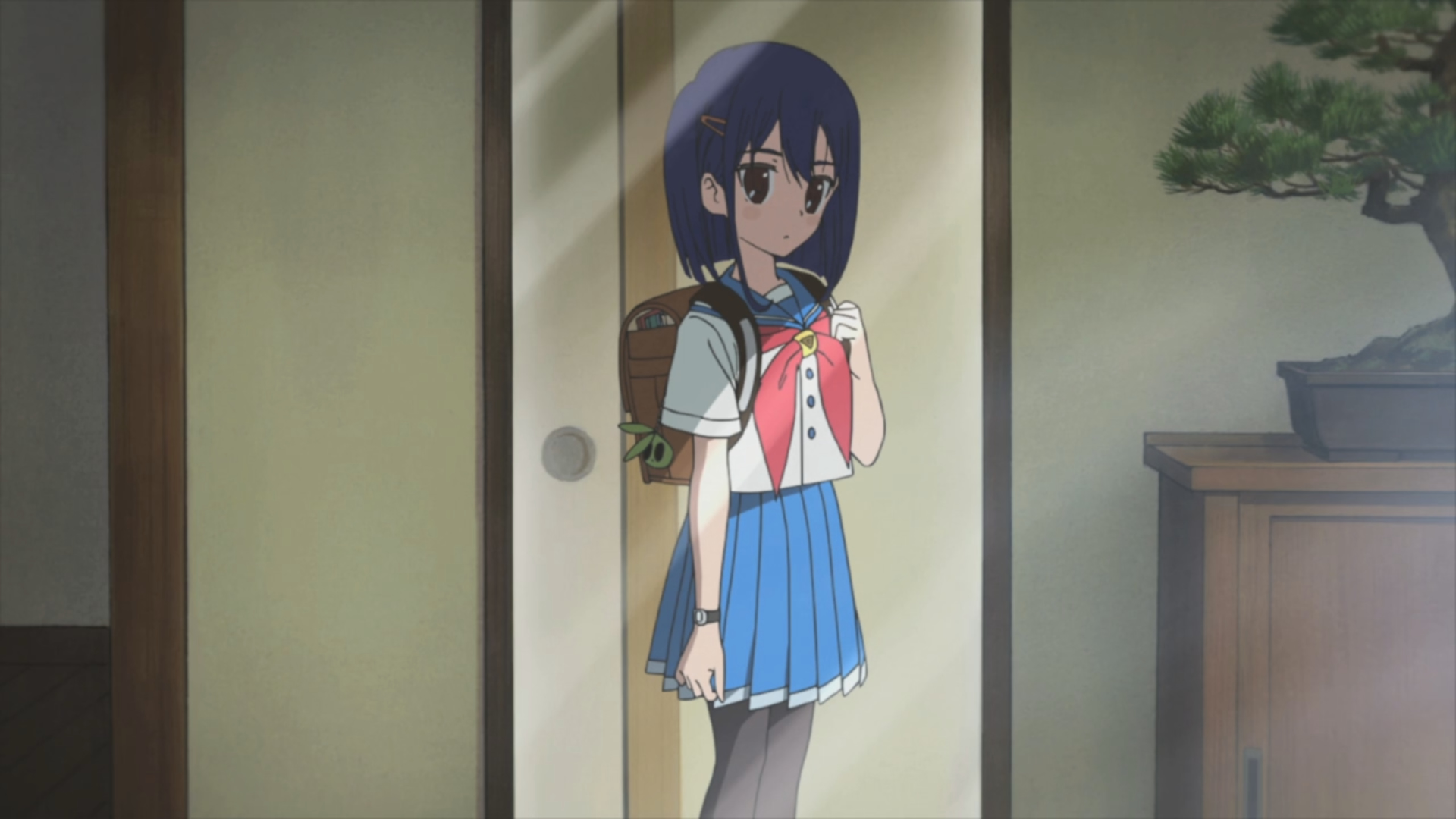



One of the most interesting and fun shows I’ve seen in a long time and so far the only airing show I’ve seen that has made me think that ‘a week is just too long to wait; haha. As you say, so much of the show remains uncertain and even cryptic so it’s hard to get any kind of read on it but I think by this point we can at least say that it’s heavily inspired, full of subtext, and possesses a great vision of itself. All of these minute details the show throws in there just pull me in further and I can’t believe it’s only been 2 episodes haha.
And about the Thomasson reference which I found absolutely fascinating, there was a small bit that I came across under Akasegawa Genpei’s other categories of hyperart that was the 純粋タイプ or the ‘Pure Type’. “An uncategorizable object whose use it is impossible to fathom.” Incidentally this is what the staircase is categorized as but through the diction this may speak to some degree about Pure Illusion itself. Or maybe not. There’s so much stuff to latch onto and I’m crazy excited to see what’s next for the show. Nice comprehensive write-up on a lot of the show so far.
LikeLike
Dang, I think I get where you are coming from. Maybe these references are red-herrings shown to throw us off the loop, and that they’re just… thomassons/illusions. I guess this line of thought works with ep. 1’s Pure Illusion, wherein that the references other people are getting are, well, thomassons or the result of umwelt. Idk, but it certainly is fun to play around with FF!
LikeLike